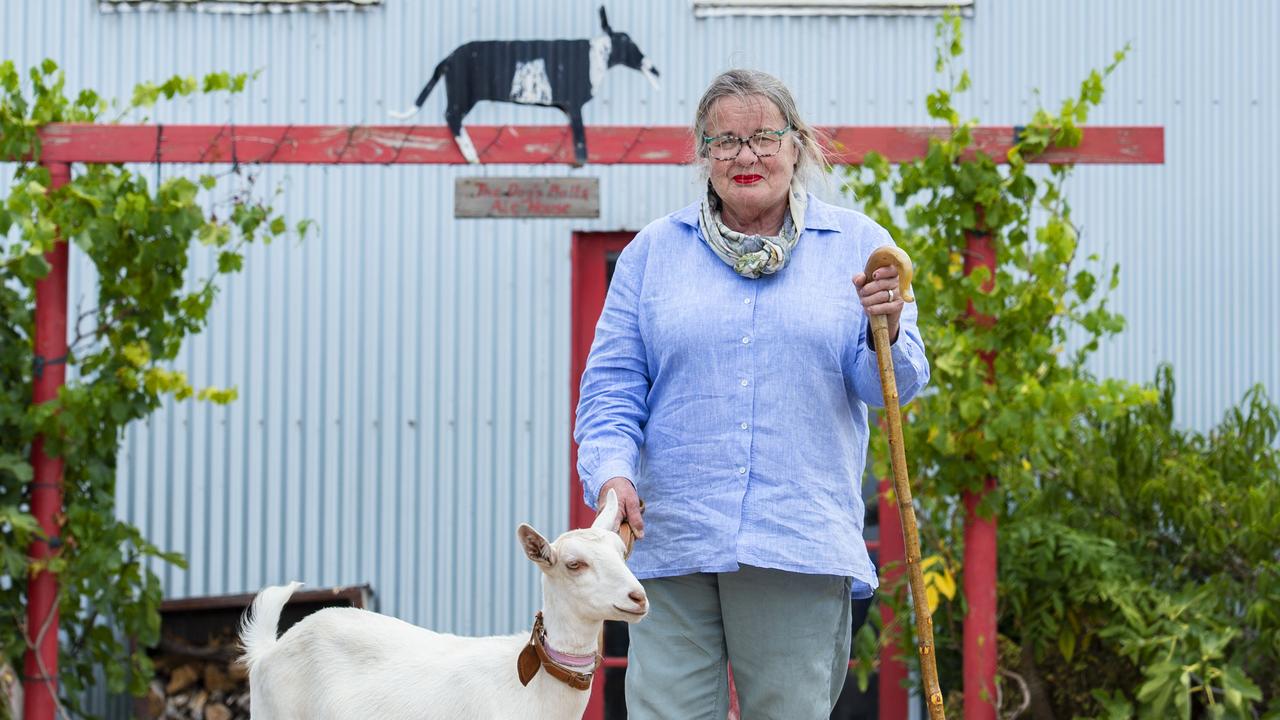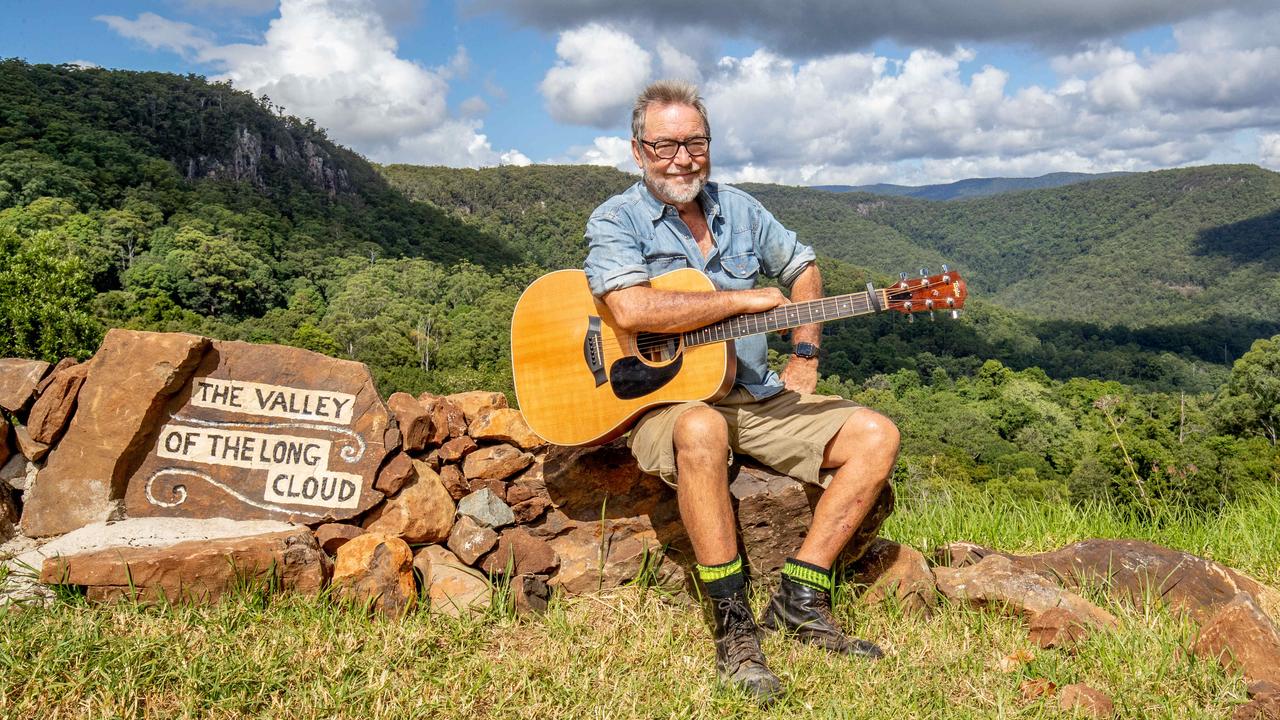Volunteers helping care for Maatsuyker Island off Tasmanian coast
MAATSUYKER Island is a magnet for people attracted by the location’s remoteness and raw, natural appeal, writes SARAH HUDSON.

IT’S not necessarily the most enticing job description.
Work long hours, up to seven days a week. Live in one of Australia’s most remote locations with a helicopter the only way in and out. Weather conditions can result in winds as high as 200km/h, with outdoor temperature plummeting below zero.
Oh, there’s also no remuneration and you must bring all your own food and necessities.
Yet for many people this reads as their dream job, with volunteers in their droves more than happy to sign up to work at the island that houses Australia’s southern-most lighthouse.
Maatsuyker Island (pronounced Mat-syker) is a 3km long and 1.5km wide rocky outcrop, 10km off Tasmania’s south coast, with a lighthouse, built in 1891 and now decommissioned, and several outbuildings.
Keep heading south and you’ll make it to Antarctica.
Twice a year, from March and September onwards, volunteer caretakers complete six-month stints on the island, with successful applicants applying and being interviewed through Tasmania Parks and Wildlife Service.
And if six months is a little too long, twice a year volunteers with the group Friends of Maatsuyker Island hold working bees for up to eight days.
Whether they sign up for the short or long haul, all volunteers fly in via helicopter and all are there to maintain the buildings and environment of this slice of Australian history.
Abalone diver and amateur photographer Paul Richardson and his partner, artist Amanda Walker, completed their six-month stint in the winter of 2015, releasing a book featuring their photos and drawings last year, titled Maatsuyker Island: Through Our Eyes.
So impressed were Paul and Amanda by the island and its band of volunteers, this year they will donate $1500 from the sale of their book to the Friends group.
“The whole experience surpassed our expectations,” Paul says.
“You just don’t get a chance to go back in time like this, to get away from phone calls, TV and work.”
The couple are members of Friends of Maatsuyker Island, which holds regular fundraisers to support the care of the island, including constant maintenance from mowing more than 2km of lawn (with a hand mower) every few weeks to maintaining the historic buildings.
The island’s lighthouse was the last in Australia still being officially operated by lightkeepers, before it was automated in 1997, and now decommissioned.
A modern light on the edge of the island is maintained by the Australian Maritime Safety Authority.
There is also environmental work, such as weed control and surveying the local wildlife.
One of the tasks of the caretakers is twice-daily weather observations for the Bureau of Meteorology, including swell, clouds, temperature and rainfall (it rains 250 days a year on the island).
“In our interview with Parks we actually failed the questions on clouds. There are three types of clouds and you need to know what they are for planes coming to the area,” Paul says.
“The first weather observation needs to be done by 6am and so I got used to reading the swell by moonlight.”
A “fairly terrifying” weather incident included winds up to 182km, when the couple dared not venture outside, while they were also evacuated for five weeks when lightning took out all communication channels and electricity, and Paul was also diagnosed with pneumonia.
“When you accept the role to work on the island it’s drummed in to you how remote it is, more remote than Antarctica in many ways, because in the south pole there are other people to back you up and even a doctor,” he says.

“But on Maatsuyker the only help is via a helicopter and that can only land in good conditions. Boats can come, but only in calm weather and it’s a big climb up the cliff once you land.”
One of the urban myths told to new recruits on the island is that early pioneers tried to keep chickens on the island, but they were blown off.
Amanda says there is a large vegetable patch, but they also took supplies for the whole six months, including vacuum-sealed meat and fish that was frozen, alongside cheese and butter, while she also dehydrated capsicums and mushrooms.
All up, caretakers can take up to 750kg of gear, which is towed under the helicopter.
“We didn’t go without at all. Probably the only thing we missed was eating out at a restaurant,” she says.
There is a septic system, but all waste must then be carted off.
There was time for relaxation, they say, during which Paul took the 300 photos captured in their book, with several of Amanda’s drawings dotted throughout chapters.
“In our interview we were asked if there was a problem, how we’d get along and solve it so before we left we put in place some rules about hot button issues,” Amanda says.
“We didn’t argue, but we would have discussions.”
The couple say the hardest part about returning to civilisation was crossing the road, blindsided by the speed of modern life.
“We applied because we thought it would be amazing to live on an island all by ourselves,” she says.
“And it was. There’s a simplicity to life on the island. You do the same job every day with no distractions.
“It’s a magical place.”


